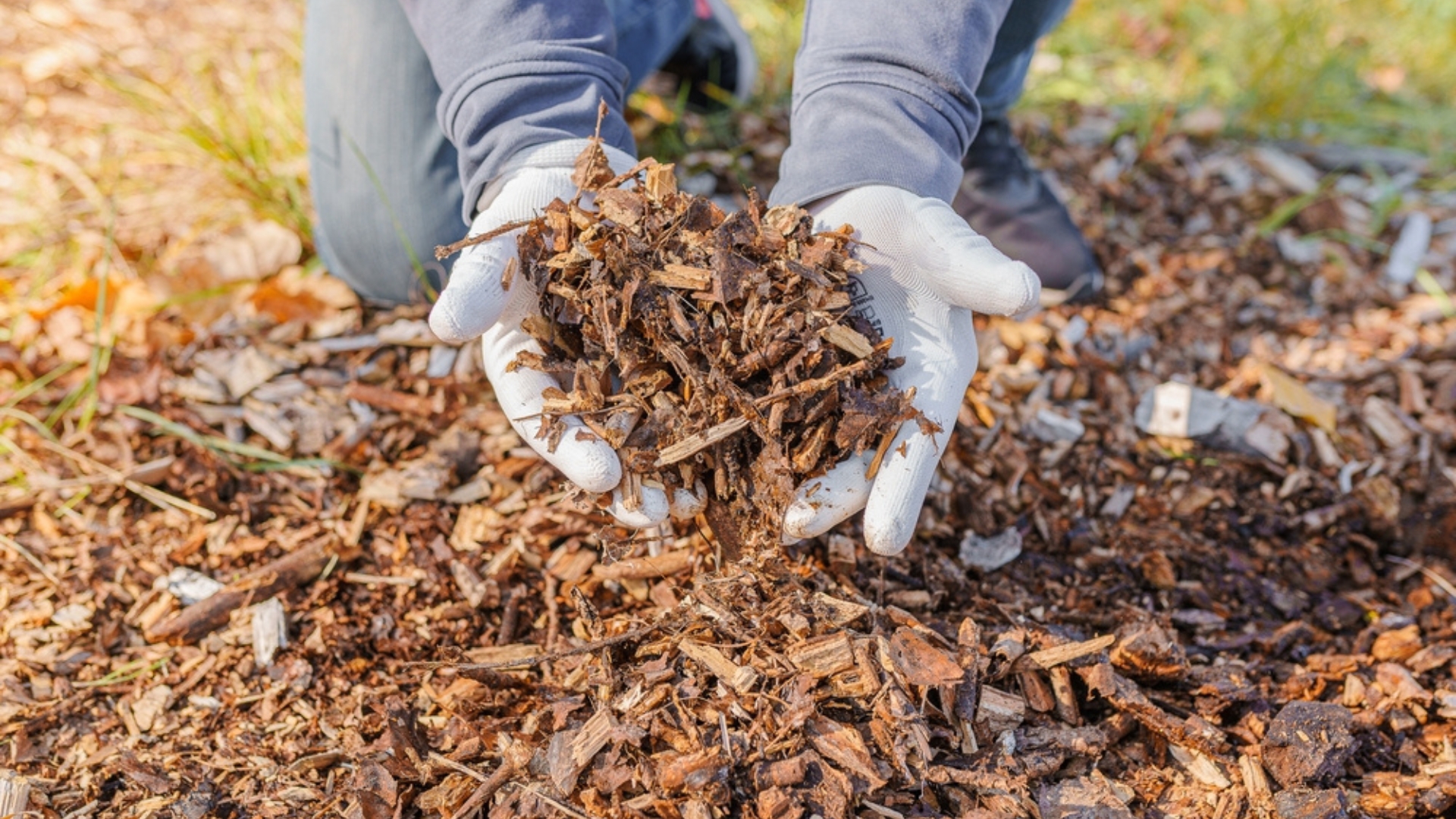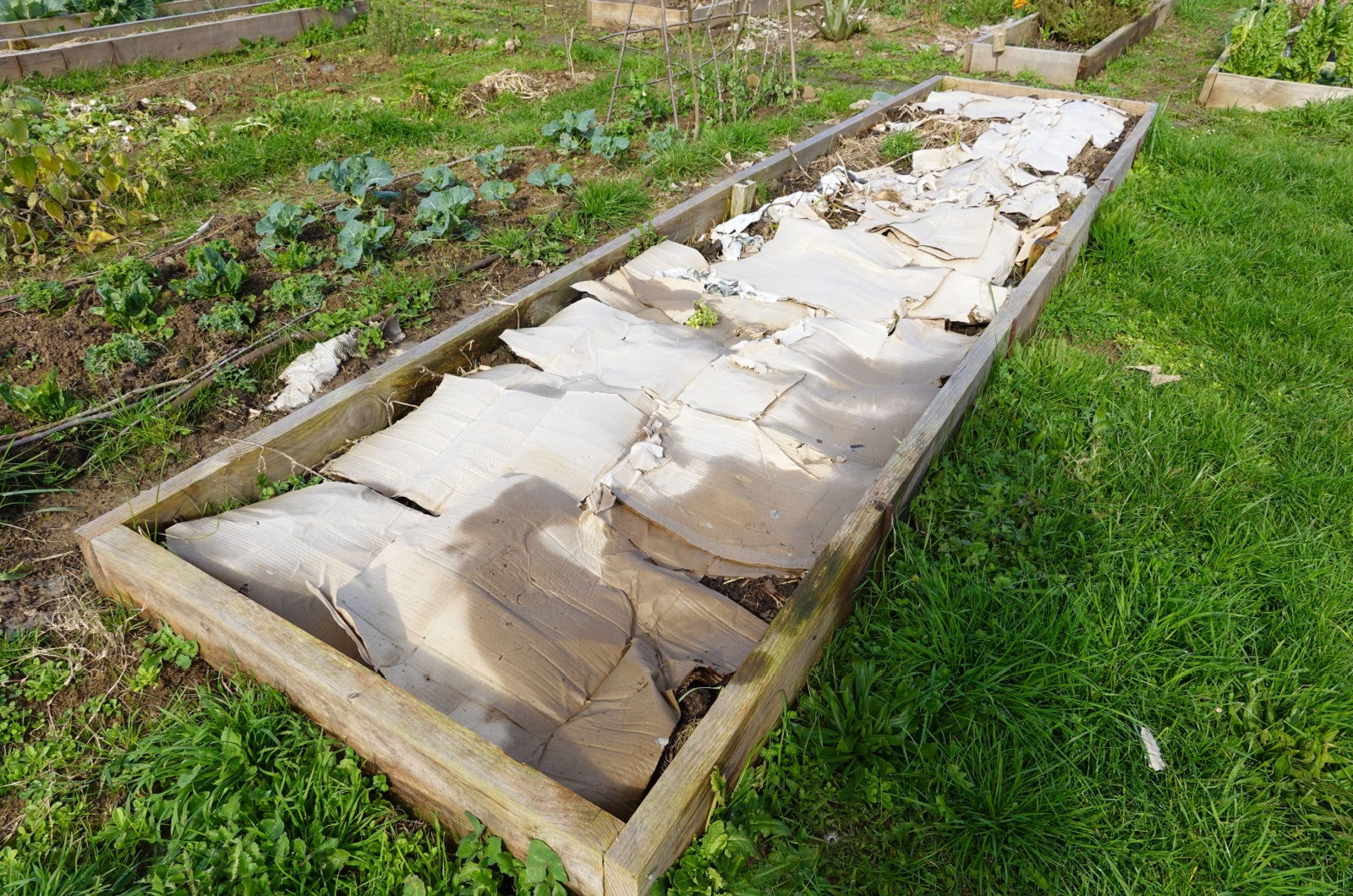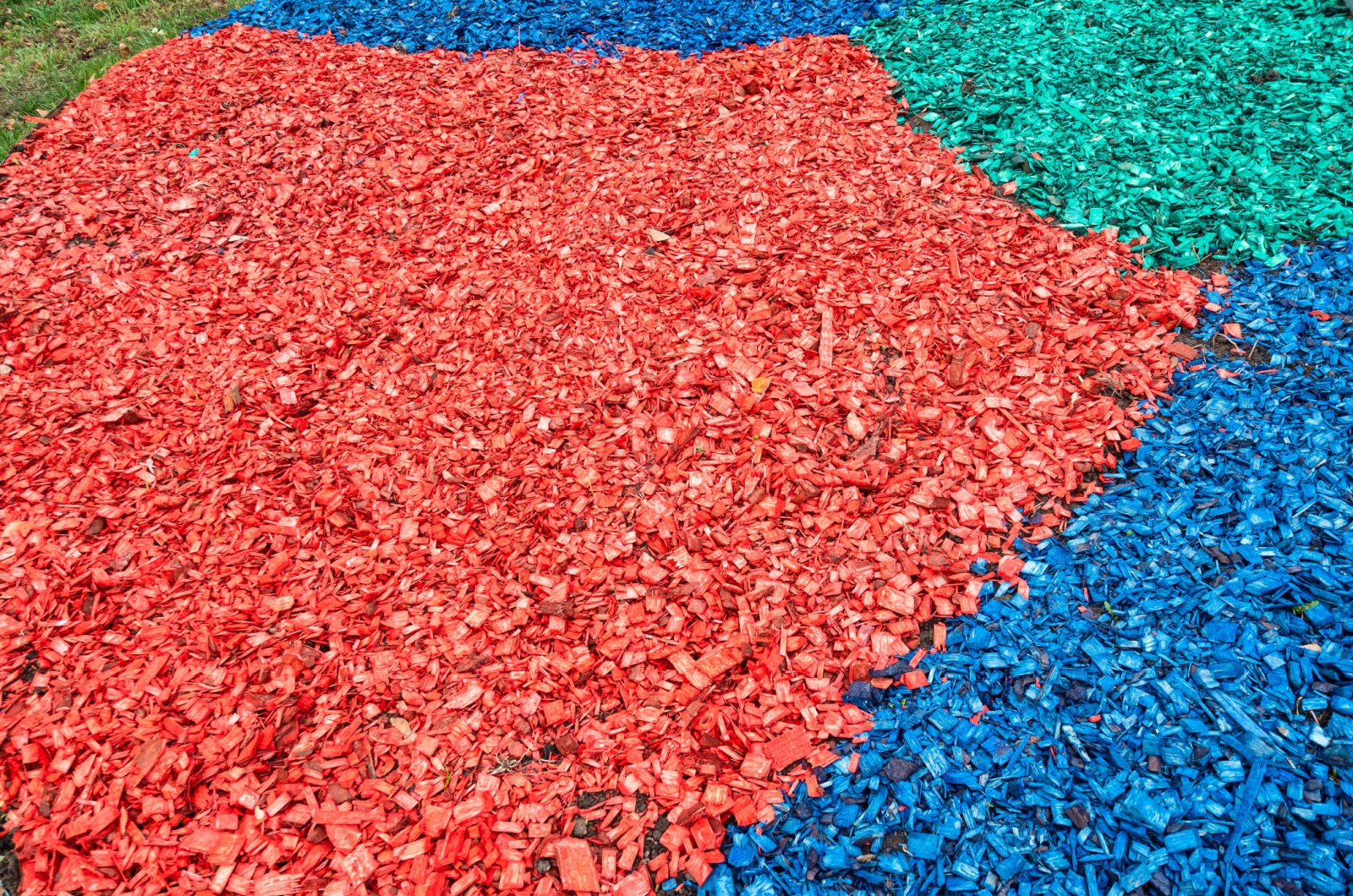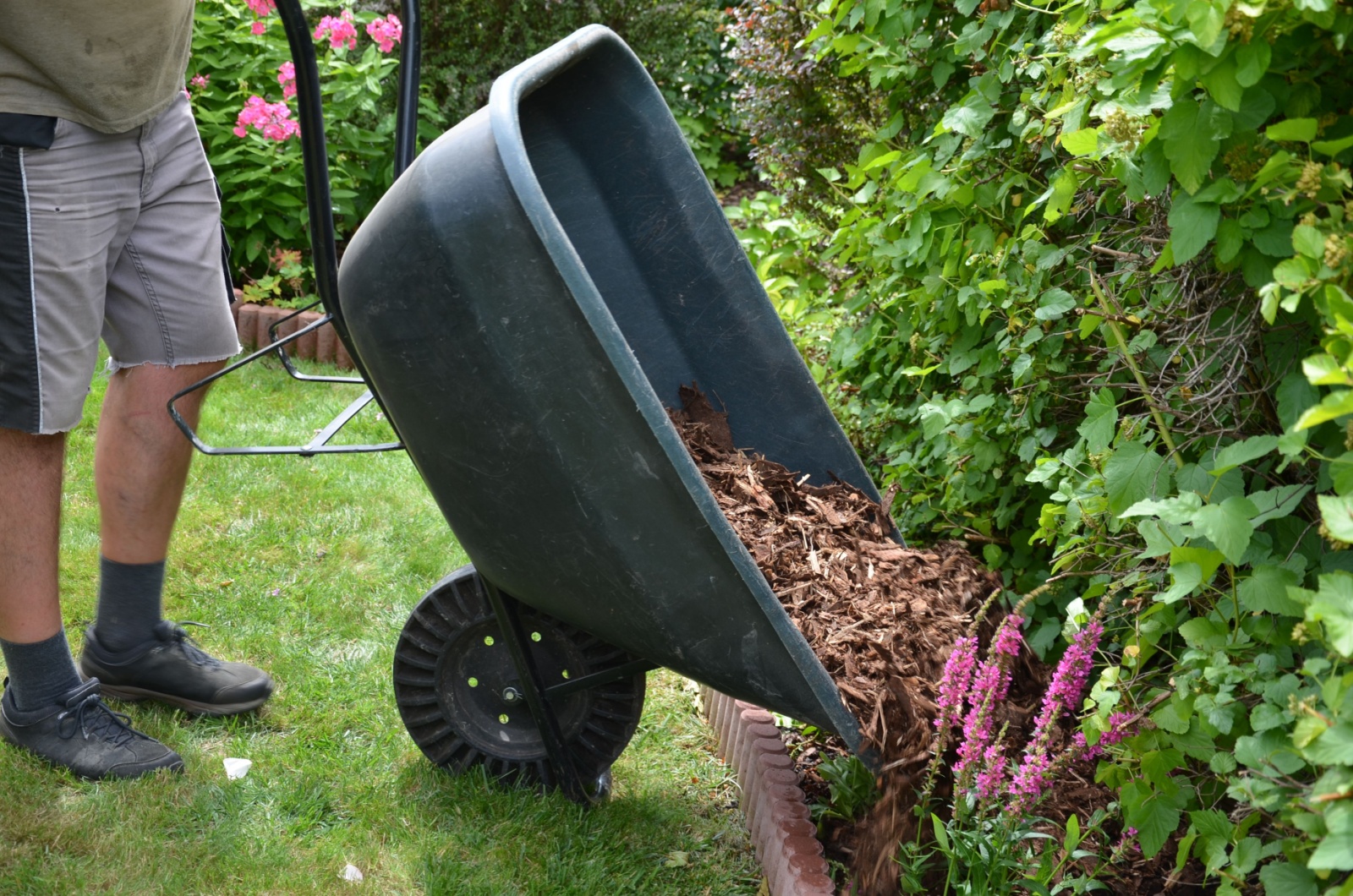All experienced gardeners would definitely agree that mulching is one of the top 5 must-do’s in your garden. If you’ve just started gardening, well, let’s simply say that you’re gonna hear the word “mulch” a lot.
From my experience, the best choice for mulching is wood chips. They break down quickly and boost the nutrient levels in the soil.
The only problem with wood chips is that they’ll get moldy if they get too wet, and the results are unsightly garden beds and horrible smells. No one wants that, right?
Oh, it happened to you, too? Don’t worry, I have just what you need!
Stack Your Way To Success With Layered Garden Beds
Yes, fungal growth is beneficial in many scenarios, but some people are sensitive to certain types of fungi.
If you’re one of them or have small children and pets, your first goal must be to fix it!
And the solution lies in making layered garden beds.
They’re also referred to as lasagna beds, and our moldy wood chips will serve as the bottom layer. One of the good characteristics of mold is that it boosts the growth of other beneficial microorganisms in the growing medium.
Once you add layers of other natural materials, the result will be a super nutritious soil mix, perfect for plant development.
As time passes, all these materials will break down, and you should then add a layer of standard soil before planting.
Planting bulbs in lasagna style will give you remarkable results, and wood chips deserve to be a part of the process.
Since lasagna beds are all about layering, it’s essential to know which materials to use in layers.
You should always start by selecting the planting site and layering the cardboard or burlap. The second step is to add our moldy wood chips.
And you should finish by adding materials such as:
• Weeds
• Small sticks
As you can see, you have plenty of options here, but make sure you never add invasive weed species.
But NEVER Do This!
Moldy wood chips are, indeed, a great choice for layered garden beds, but there’s one crucial thing to consider.
Some wood chips are dyed and chemically treated and you should never use them in your lasagna beds.
Remember that they can leach the chemicals into the soil and will affect your prized veggies.
If these types of mulch get moldy, it may be best if you either discard or clean them.
And Here Are Other Ways To Reuse Moldy Wood Chips
One of the reasons why gardeners won’t use moldy wood chips is because they affect the appearance of garden beds.
I’m sure you already know how much time it takes to get a visually pleasing garden. In this case, you can add moldy wood chips where they won’t be too visible.
For instance, spots below shrubs, around tree bases, and along wooden fences are great for reusing the affected material.
Another way to reuse such wood chips is to add a layer of fresh ones over them. I love this method because there isn’t that horrible smell afterward.
But if you decide on this method, it would be best to check the forecast and wait until there are a few sunny days in a row. The mold spores will dry out and they won’t affect the layer of fresh wood chips.
Wood chips make an excellent mulch material and, even if they get moldy, there are still brilliant ways to use them. And layered gardens are the best one by far! So, don’t throw away, recycle! Your prized plants will thank you.




